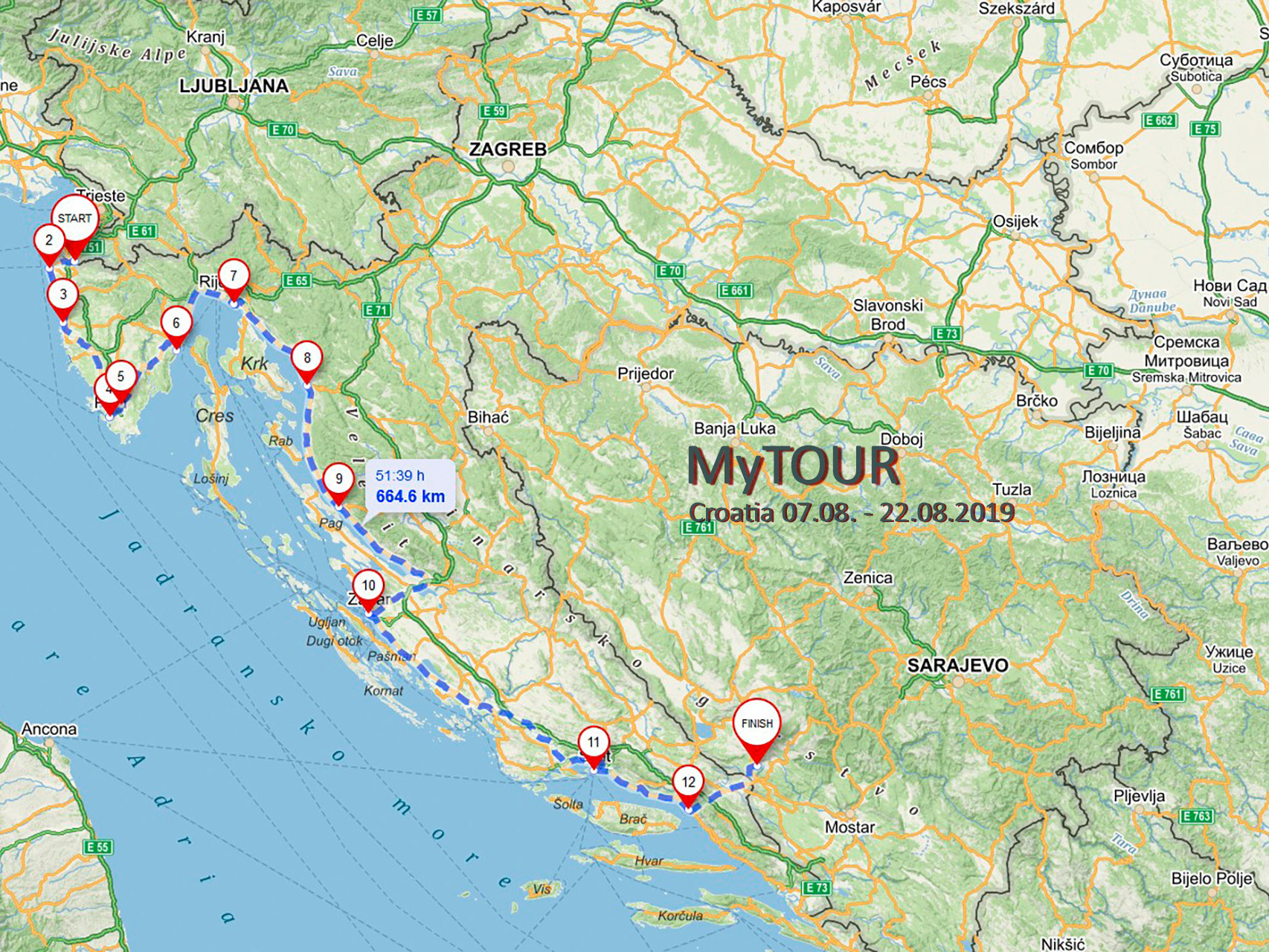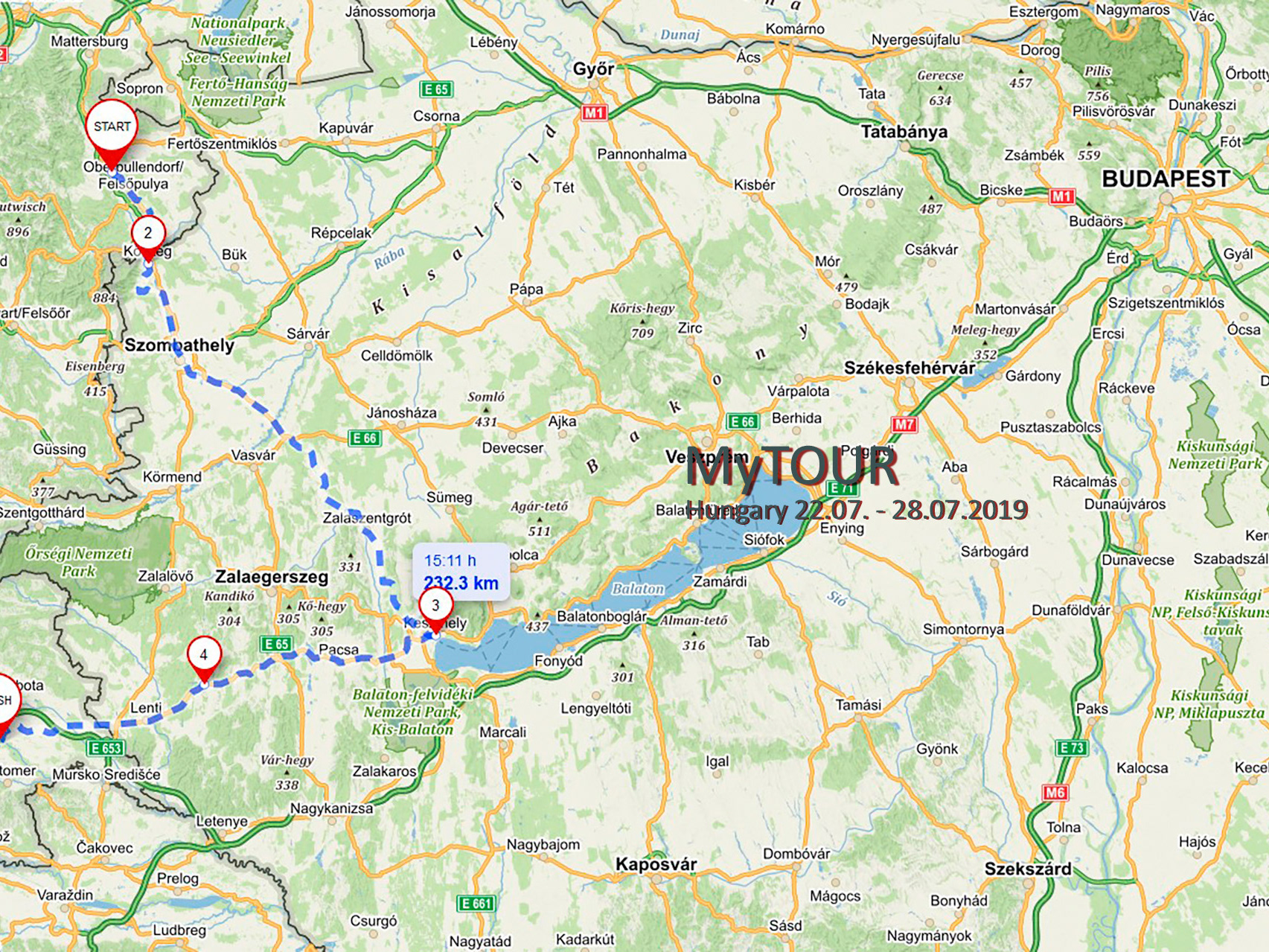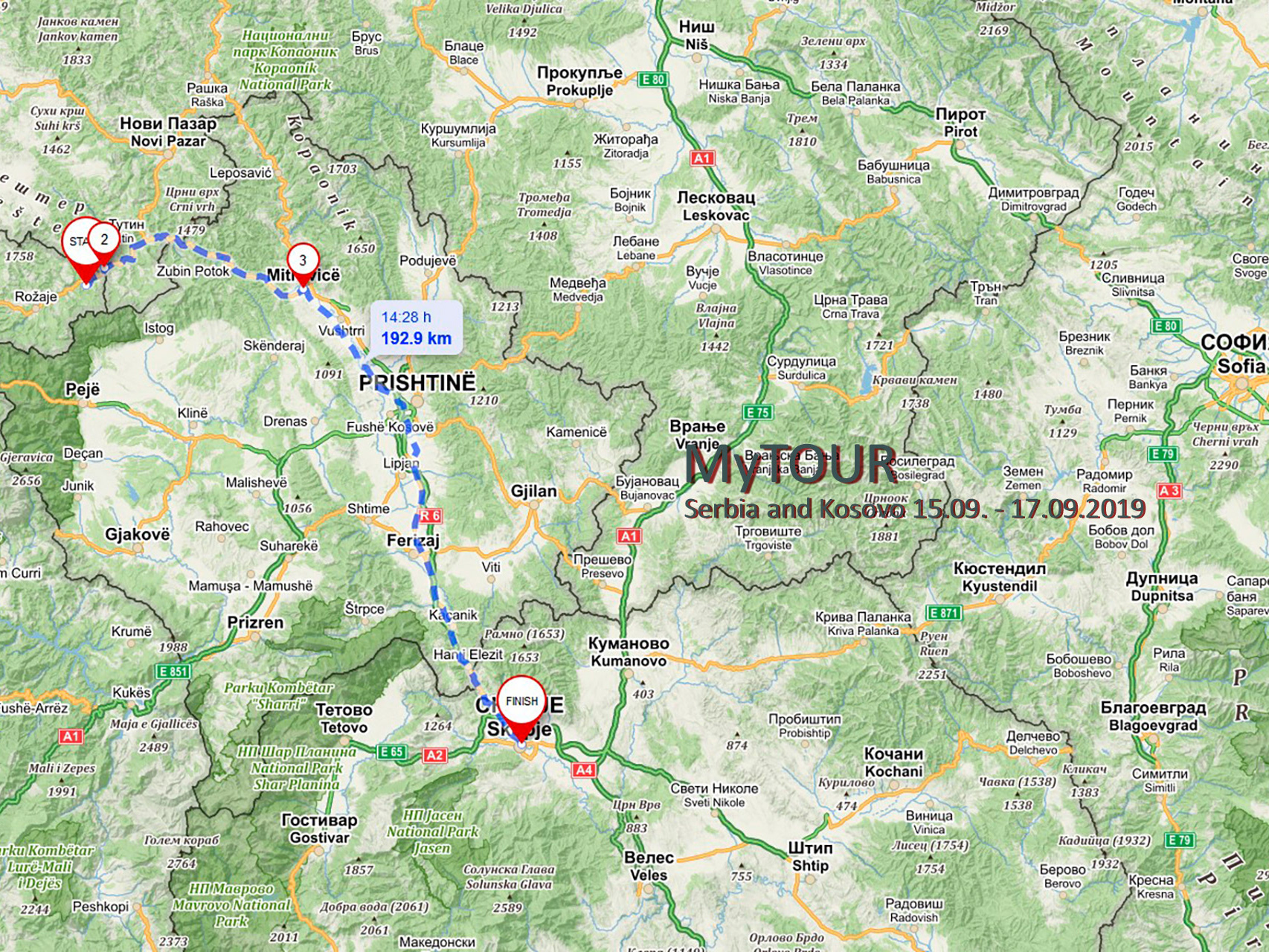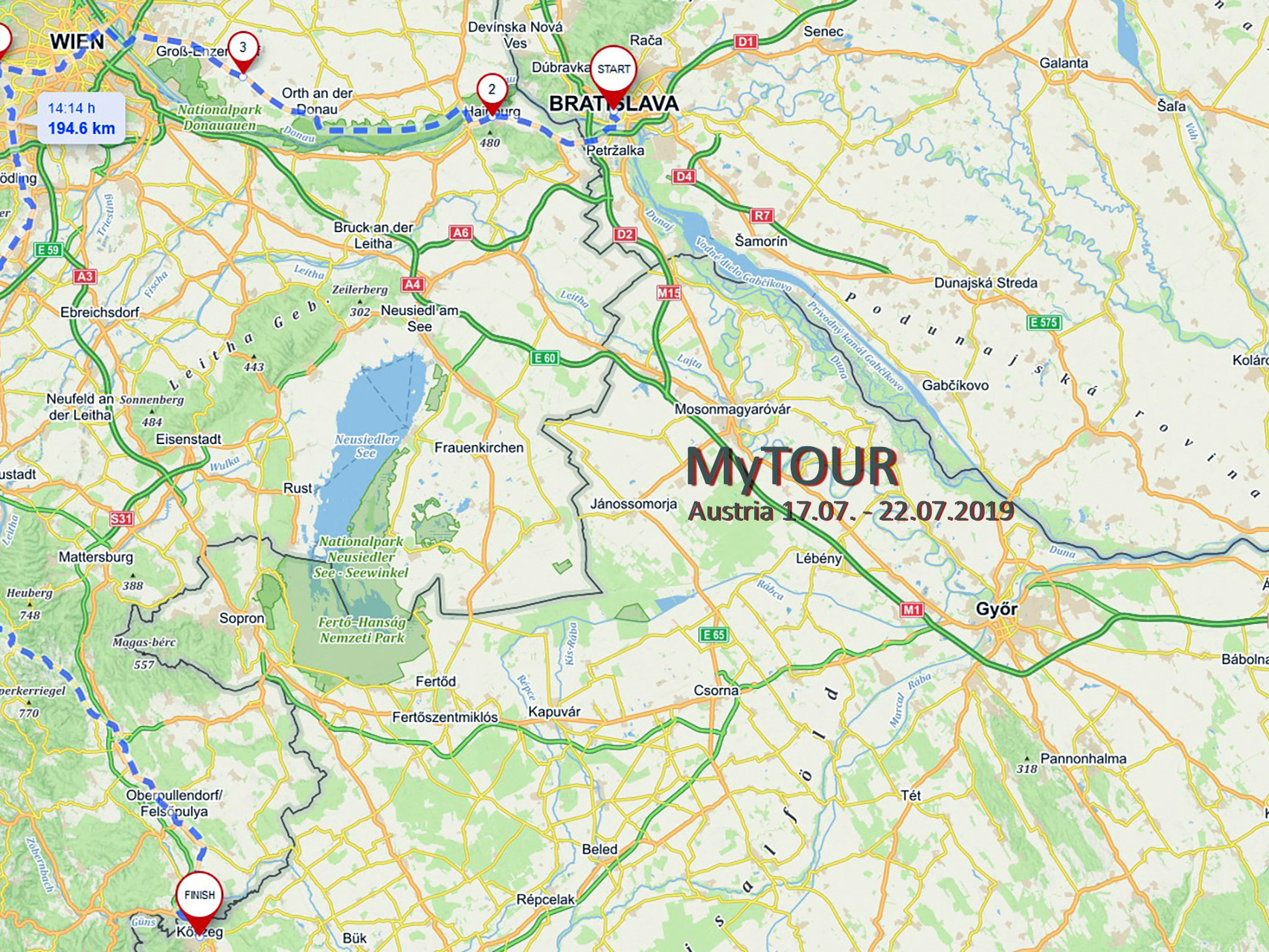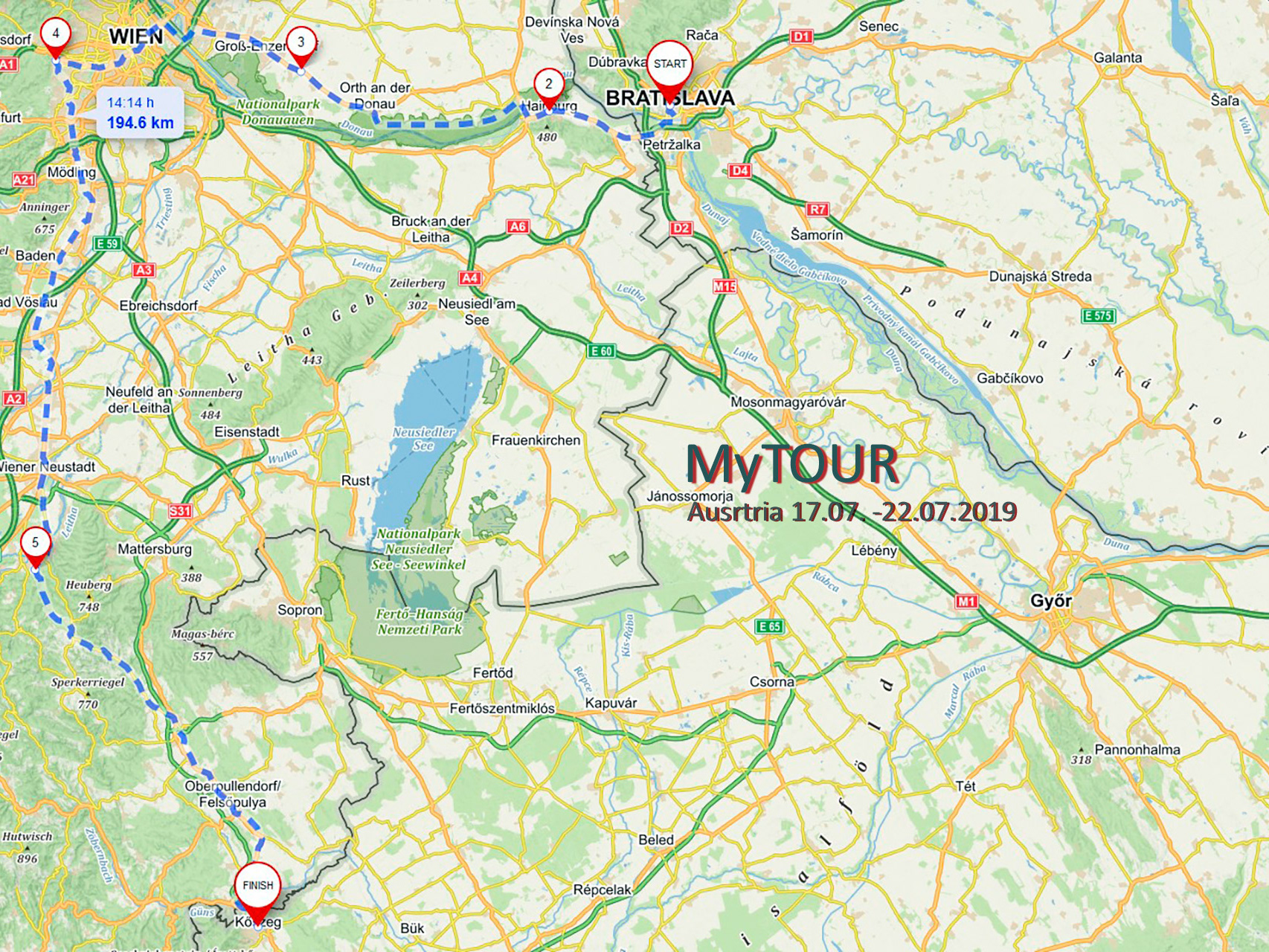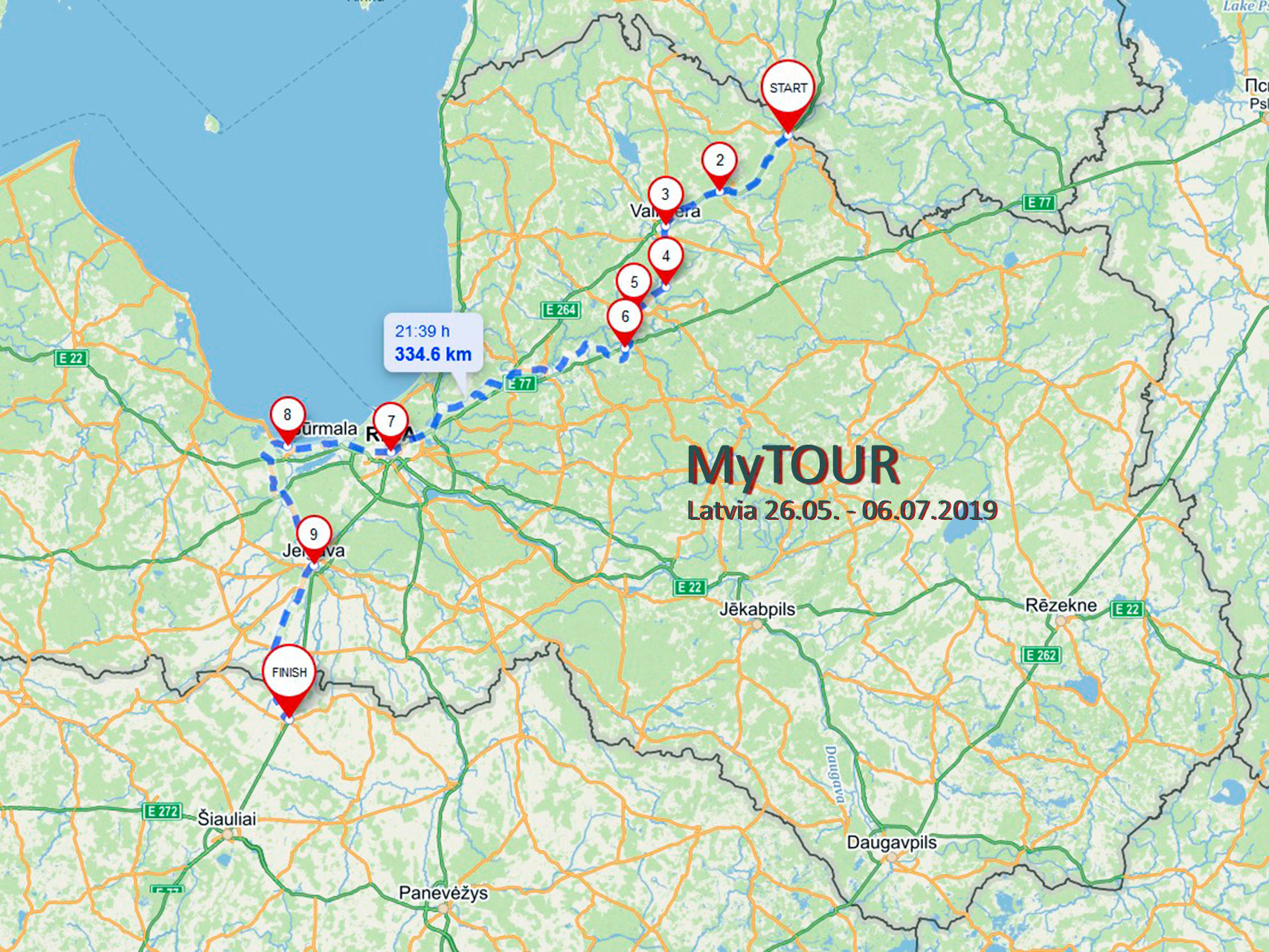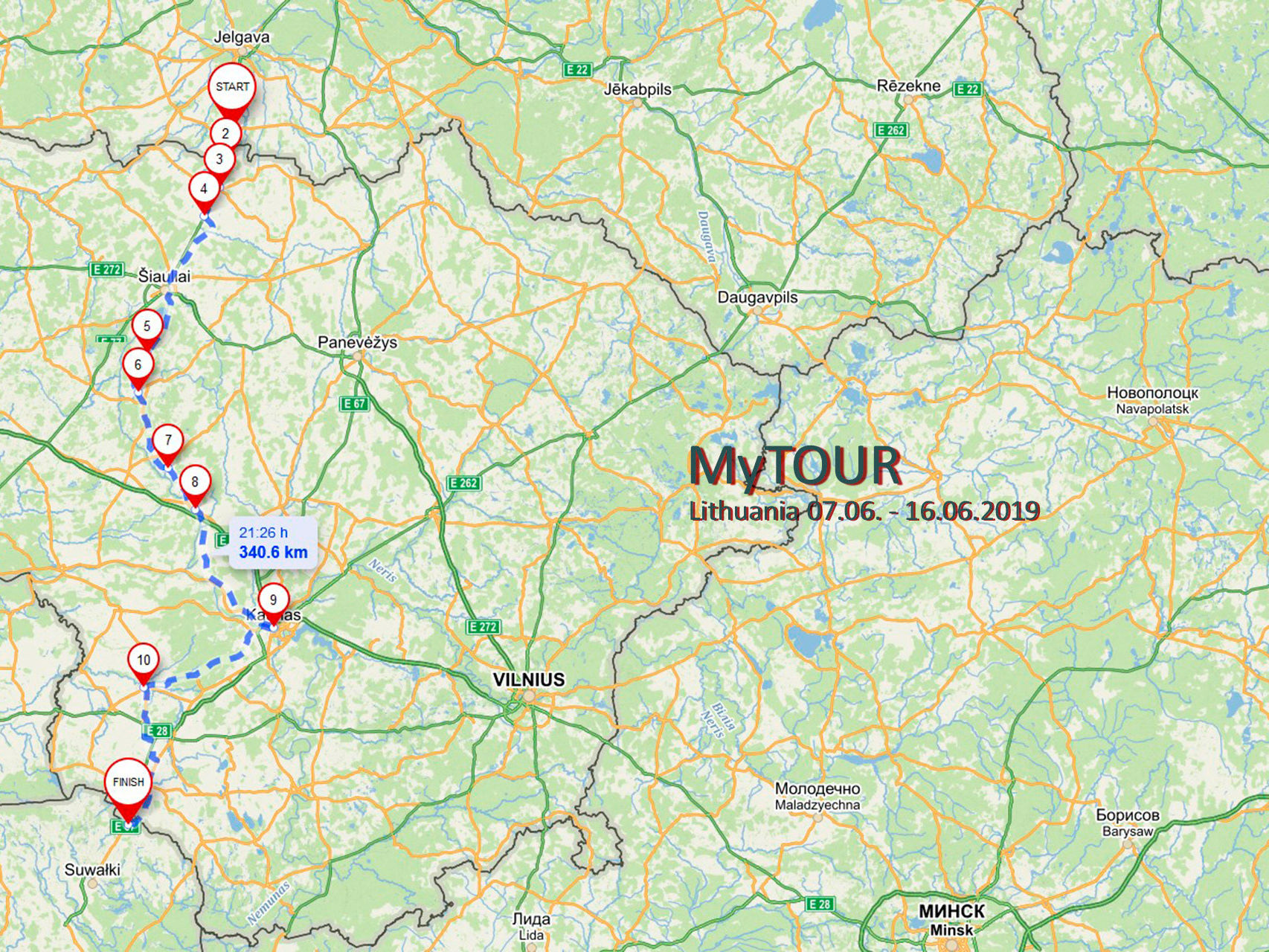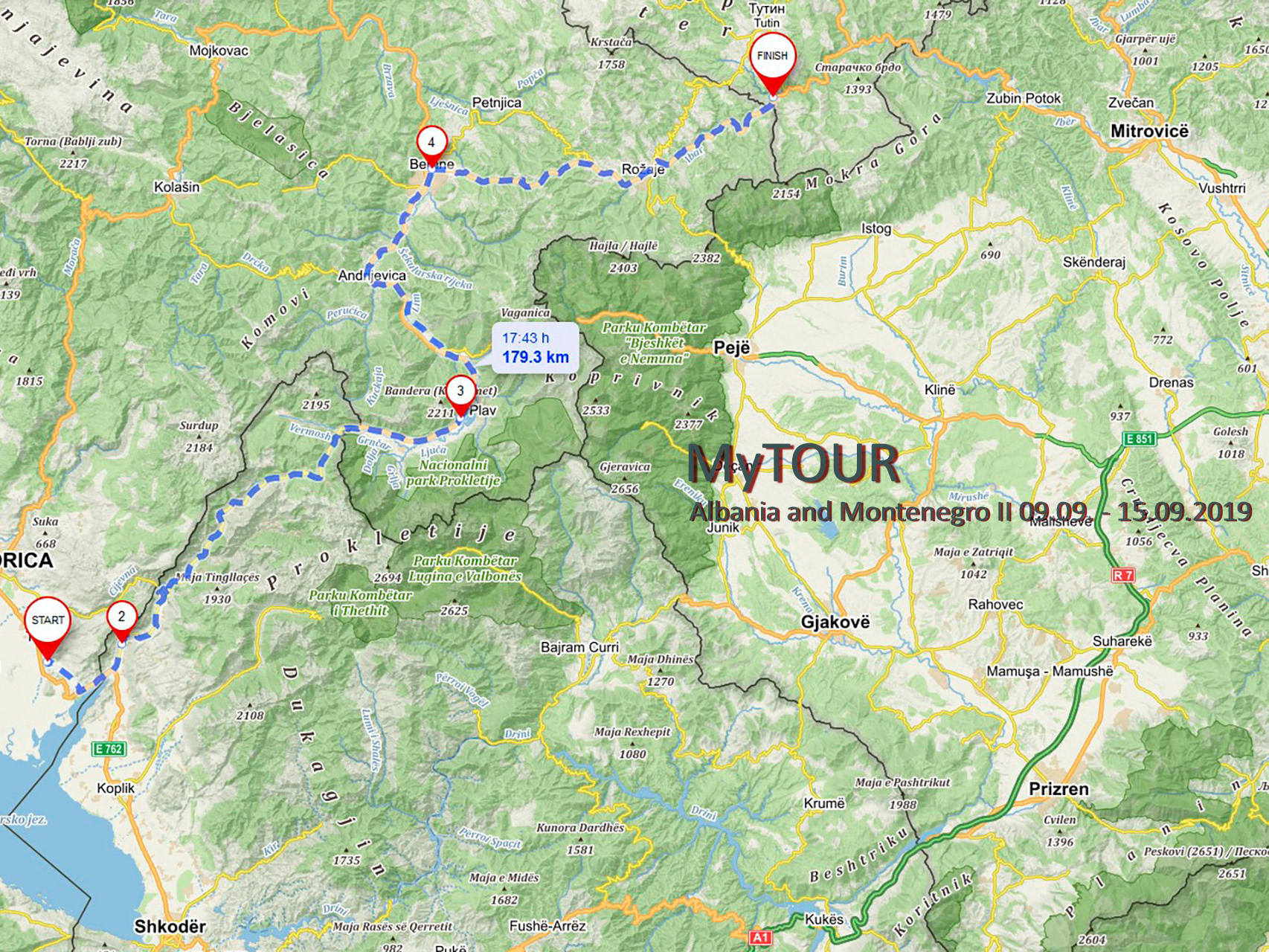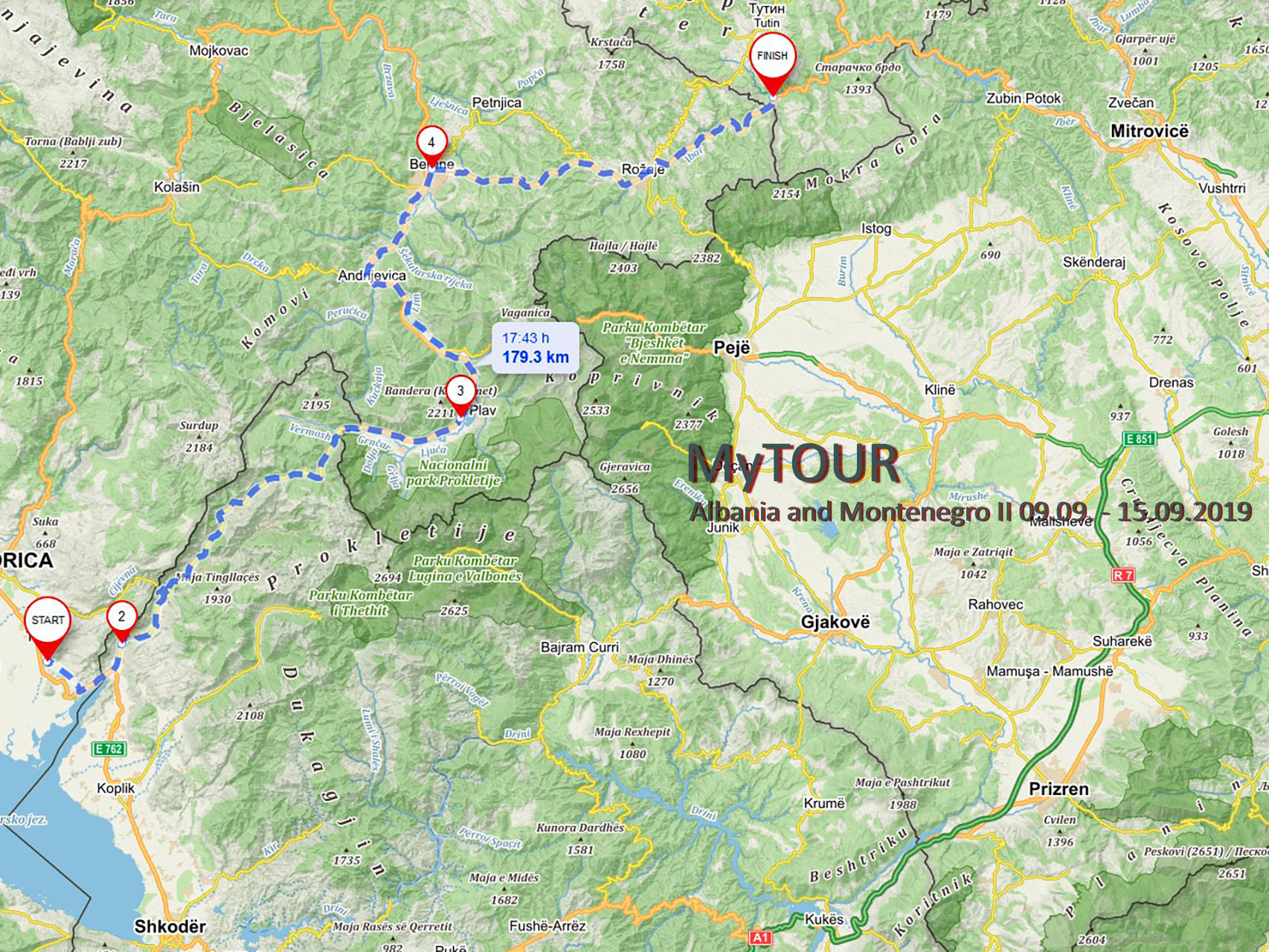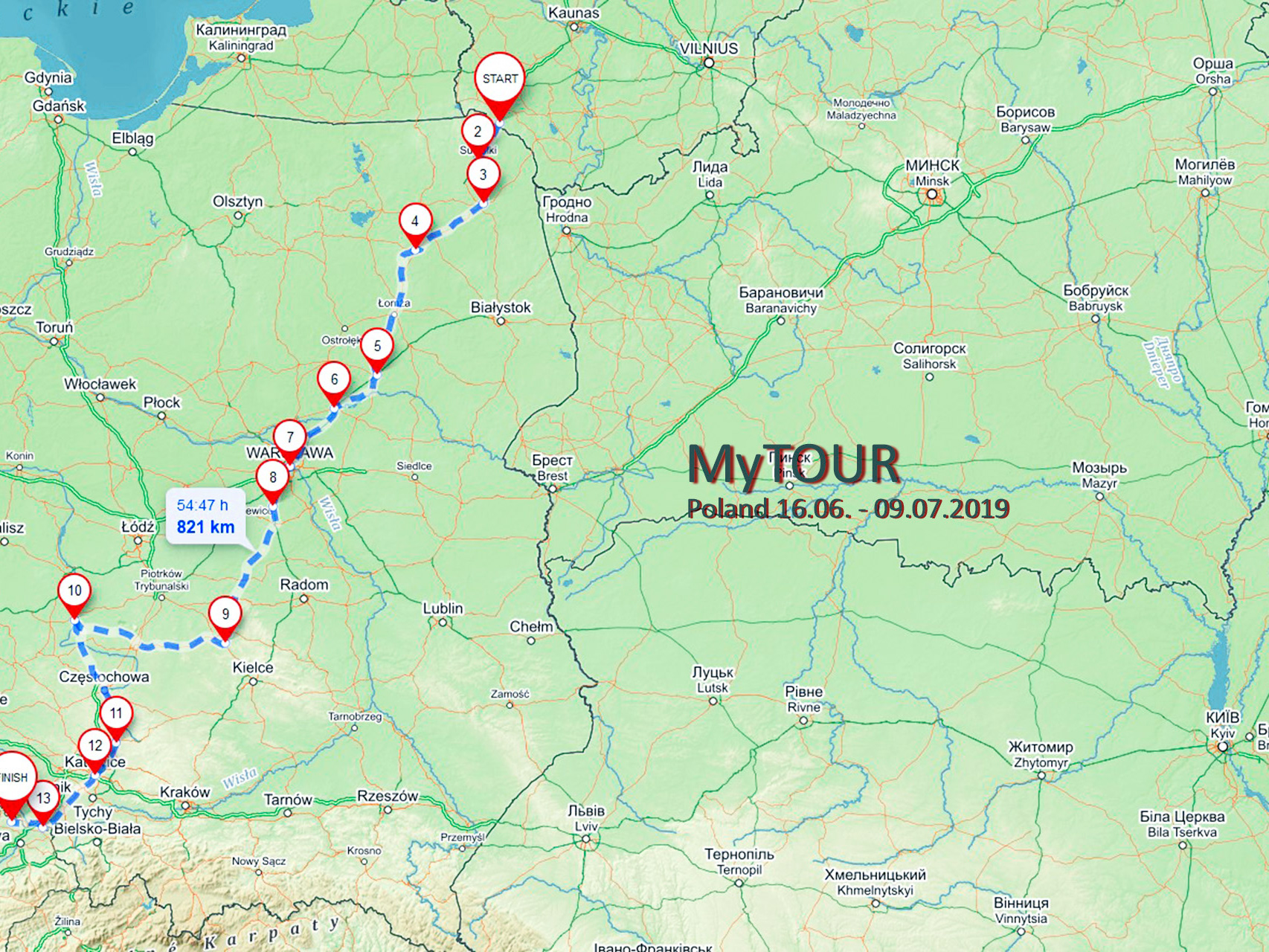Route in Turkey.
Left: Welcome to Turkey. Right: Ipsala, the first town on my way in Turkey.
Foggy morning in Ipsala.
Sunset, Kuyucu, Malkara.
Landscape, Büyükçekmece.
Already in Istanbul.
Arrived in Istanbul, Sultanahmet.
Street view, Cihangir, Pürtelaş Sk., Beyoğlu/İstanbul and my bunk in Hostel Levanten.
View from Cihangir to the Bosphorus.
Pictures of my neighborhood. Religion is present, height differences are large in these narrow alleys and each square is utilized. Cihangir.
Shops in Cihangir.
Stray cats in Cihangir.
İstiklal Cd., the shopping street in Beyoğlu/İstanbul.
Taksim Square, Beyoğlu/İstanbul.
Sweet and salty, Istiklal Caddesi, Beyoğlu/Istanbul.
Nightlife in Sıraselviler Caddesi, Taksim, Beyoğlu/İstanbul.
Nativity Scene in Sent Antuan Kilisesi, İstiklal Cd. No,171, Beyoğlu, İstanbul
Happy New Year 2020, Taksim Square, Beyoğlu, İstanbul.
Old is demolished and a new is built in Inönü, Beyoğlu/Istanbul. Nro 1.
Old is demolished and a new is built in Inönü, Beyoğlu/Istanbul. Nro 2.
New buildings in Levent, which is a neighbourhood and one of the main business districts of Istanbul, located on the European side of the city. It is a part of the municipality of Beşiktaş and is situated to the north of the Golden Horn, at the western shore of the Bosphorus strait.
Down to the subway, The Istanbul Metro, İstanbul metrosu, Taksim station, Beyoğlu/Istanbul. Nro 1.
Down to the subway, The Istanbul Metro, İstanbul metrosu, Taksim station, Beyoğlu/Istanbul. Nro 2.
On the subway, The Istanbul Metro, İstanbul metrosu, Taksim station, Beyoğlu/Istanbul. Nro 3.
Galata (Karaköy) is today a quarter within the Beyoğlu (Pera) district, which forms Istanbul's commercial and entertainment center. It includes İstiklal Avenue and Taksim Square. Before here on the northern shore of Golden Horn was the medieval Genoese citadel of Galata. The Genoese fortifications in Galata were largely demolished in the 19th century, leaving only the Galata Tower, to make way for the northward expansion of the city. Karaköy, Beyoğlu/Istanbul.
Karaköy by night.
Galata Kulesi, Galata Tower, Bereketzade, Beyoğlu, İstanbul.
Anglers on the Galata Köprüsü, Galata Bridge, Beyoğlu/İstanbul.
The catch.
Galata Bridge by night.
Mısır Çarşısı, Spice Bazaar is the most famous covered shopping complex after the Grand Bazaar. It got its Turkish name Mısır Çarşısı, Egyptian Bazaar because it was built with tax incomes from the Egyptian administrative division of Ottoman Empire in 1660. The building itself is part of the complex of the New Mosque. Nowadays Spice Bazaar has a total of 85 shops selling spices, Turkish delight and other sweets, jewellery, souvenirs, and dried fruits and nuts. Eminönü, Fatih/İstanbul.
Life around Mısır Çarşısı.
Sales stalls outside Mısır Çarşısı. Nro 1.
Sales stalls outside Mısır Çarşısı. Nro 2.
Mısır Çarşısı. Nro 3.
Büyük Valide Han, nro 1. lit. 'great inn of the sultan's mother'. It was founded in 1651 by Kösem Valide Sultan, the mother of the Ottoman sultans Murat IV and Ibrahim. A han served a number of functions including lodging for foreign merchants, storage for goods or merchandise, housing for artisan workshops, and offices from which to conduct dealings. Today the han is severely dilapidated but still partly occupied by workshops, offices and businesses.
Büyük Valide Han. Nro 2.
Büyük Valide Han. Nro 3.
The cafe in Büyük Valide Han.
View from the balcony of the cafe. Nro 1.
View from the balcony of the cafe. Nro 2.
Kapalıçarşı, meaning ‘Covered Market’in Istanbul is one of the largest and oldest covered markets in the world, with 61 covered streets and over 4,000 shops on a total area of 30,700 m2, attracting between 250,000 and 400,000 visitors daily. In 2014, it was listed No.1 among the world's most-visited tourist attractions with 91,250,000 annual visitors. The construction of the Grand Bazaar's core started during the winter of 1455/56, shortly after the Ottoman conquest of Constantinople and was part of a broader initiative to stimulate economic prosperity in Istanbul. Kapalı Çarşı, Grand Bazaar, nro 1.
Kapalı Çarşı, Grand Bazaar, nro 2
Tarihi Galatasaray Hamamı, Historical Galatasaray Bath. Classic hammam since 1481 with Ottoman-style marble-clad treatment areas & extras like massage & bubble baths.
Cağaloğlu hamam. The Cağaloğlu Hamam is a historic hamam in Istanbul. Finished in 1741, it is one of the last major hamams to be built in Istanbul during the Ottoman period.
Cağaloğlu hamam.
Sülemaniye Hamamı. Suleymaniye Hamam is an historic Turkish bath in İstanbul. The building, situated on a hill facing the Golden Horn, was built in 1557 by Turkish architect Mimar Sinan; it was named for Süleyman the Magnificent. It is part of the Suleymaniye mosque complex.
And last but not least one less historical hamam.
Hagia Sophia, Ayasofya-i Kebir Cami-i Şerifi, literally Holy Mosque of Hagia Sophia the Grand, and formerly the Church of Hagia Sophia, is a Late Antique place of worship in Istanbul, designed by the Greek geometers Isidore of Miletus and Anthemius of Tralles. Built in 537 as the patriarchal cathedral of the imperial capital of Constantinople, it was the largest Christian church of the eastern Roman Empire (the Byzantine Empire) and the Eastern Orthodox Church, except during the Latin Empire from 1204 to 1261, when it became the city's Roman Catholic cathedral. In 1453, after the Fall of Constantinople to the Ottoman Empire, it was converted into a mosque. In 1935 the secular Turkish Republic established it as a museum. In 2020, it re-opened as a mosque again. Nro 1.
Hagia Sophia, nro 2.
Hagia Sophia, nro 3.
Sultan Ahmed Mosque (Sultan Ahmet Camii), also known as the Blue Mosque is an Ottoman-era friday mosque. It was constructed between 1609 and 1616 during the rule of Ahmed I. The Sultan Ahmed Mosque has five main domes, exceptionally six minarets instead of four, and eight secondary domes.
Anadolu Nargile Çorlulu Ali Paşa Medresesi, Ali Pasa nargila house. It was built by Çorlulu Ali Pasha, one of the grand viziers of Sultan Ahmet The IIIrd. The hookah-smoking section was built at the same time. Nro 1.
Ali Pasa nargila house, nro 2.
Ali Pasa nargila house, nro 3.
Süleymaniye Camii, Suleymaniye Mosque, Fatih/İstanbul. The Süleymaniye Mosque is an Ottoman imperial mosque located on the Third Hill of Istanbul. The mosque was commissioned by Suleiman the Magnificent and designed by the imperial architect Mimar Sinan. An inscription specifies the foundation date as 1550 and the inauguration date as 1557.
Pictures of the surrounding courtyard, Süleymaniye Camii, Suleymaniye Mosque, Fatih/İstanbul.
Süleymaniye Camii, Suleymaniye Mosque, Fatih, İstanbul, nro 2.
Süleymaniye Camii, Suleymaniye Mosque, Fatih, İstanbul, nro 3.
Inner court, Süleymaniye Camii, Suleymaniye Mosque.
Inside in Süleymaniye Camii, Suleymaniye Mosque.
View of the city and Bosphorus, Süleymaniye Camii.
View of the city and Bosphorus, Süleymaniye Camii, nro 2 and 3.
The Topkapı Palace, Topkapı Sarayı, lit. 'Cannon Gate Palace', is a large museum in the east of the Fatih district of Istanbul. In the 15th and 16th centuries it served as the main residence and administrative headquarters of the Ottoman sultans. Enterance to Topkapı Sarayı, Topkapı Palace, Fatih, Istanbul.
Gülhane Park, Gülhane Parkı, "Rosehouse Park" is a historical urban park in the Eminönü district of Istanbul. It is adjacent to and on the grounds of the Topkapı Palace. The south entrance of the park sports one of the larger gates of the palace. It is the oldest park in Istanbul.
Stray dogs in the afternoon rush hour, Eminönü, Istanbul.
Haliç Metro Köprüsü, Haliç Metro Bridge, Azapkapı, Beyoğlu, Istanbul.
Afternoon traffic at Haliç.
Dusk, Karaköy, Beyoğlu, İstanbul.
Evening traffic at Haliç.
Sunset on Kennedy Caddes, Eminönü, Fatih, Istanbul.
